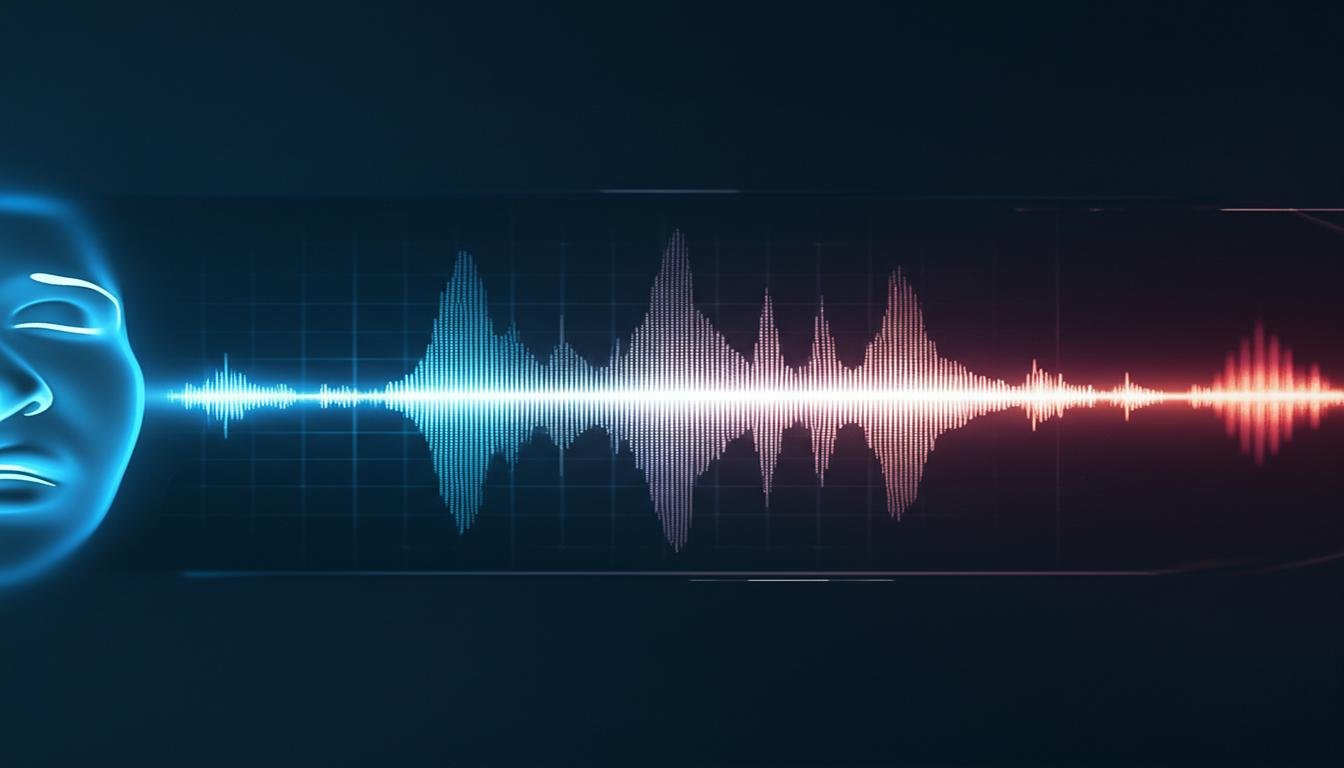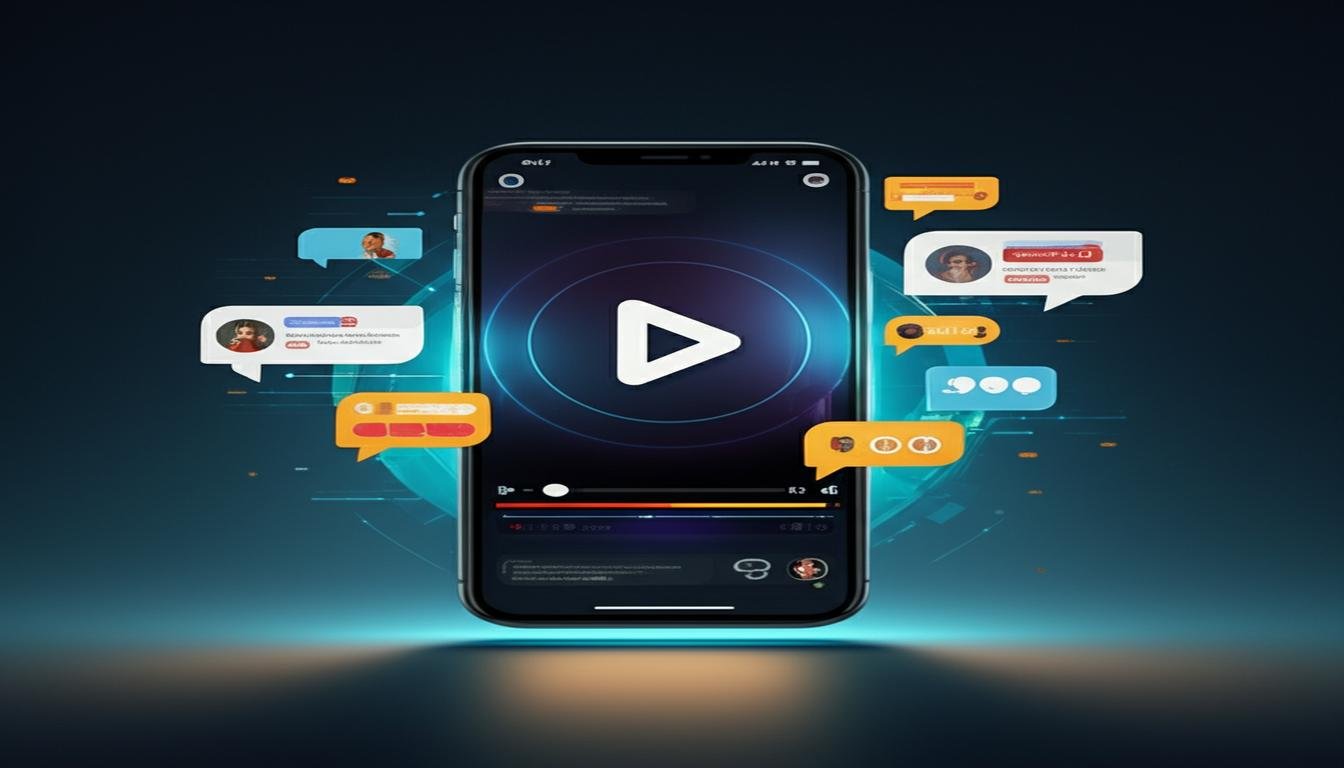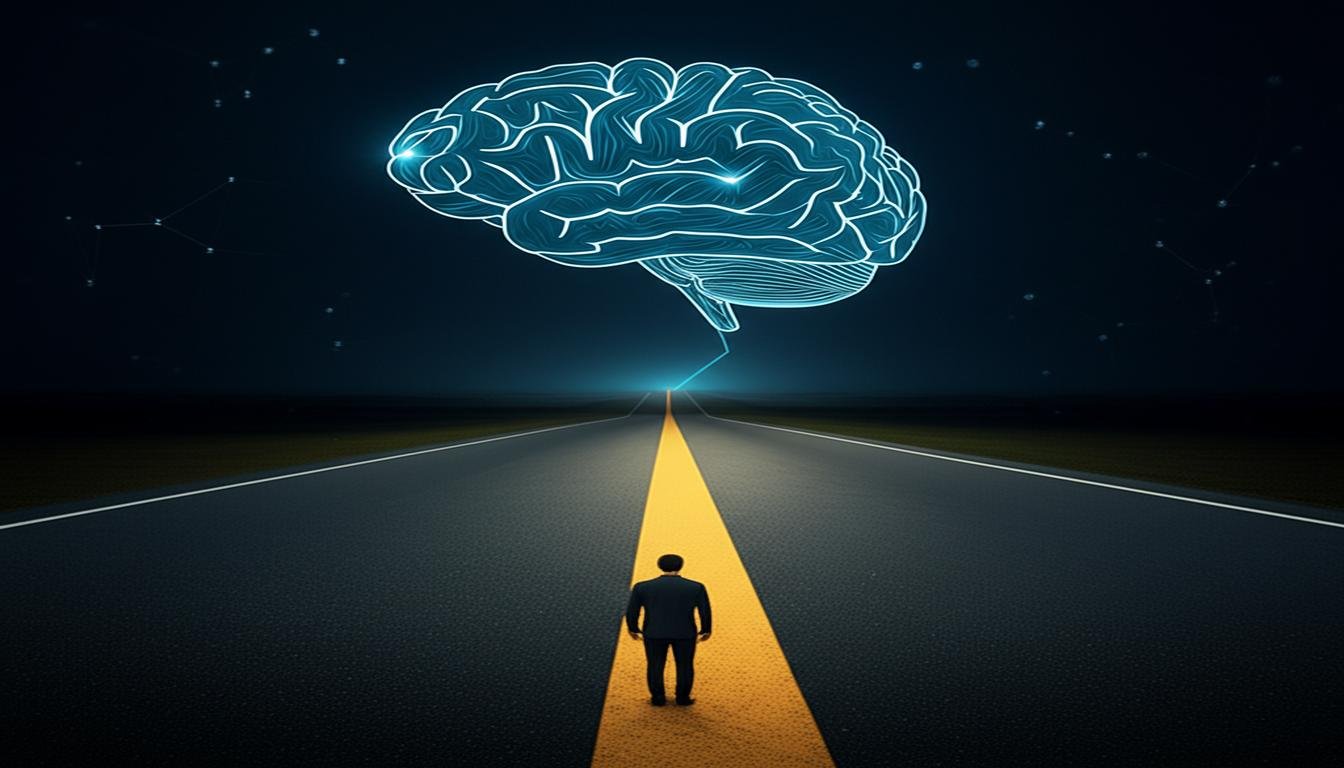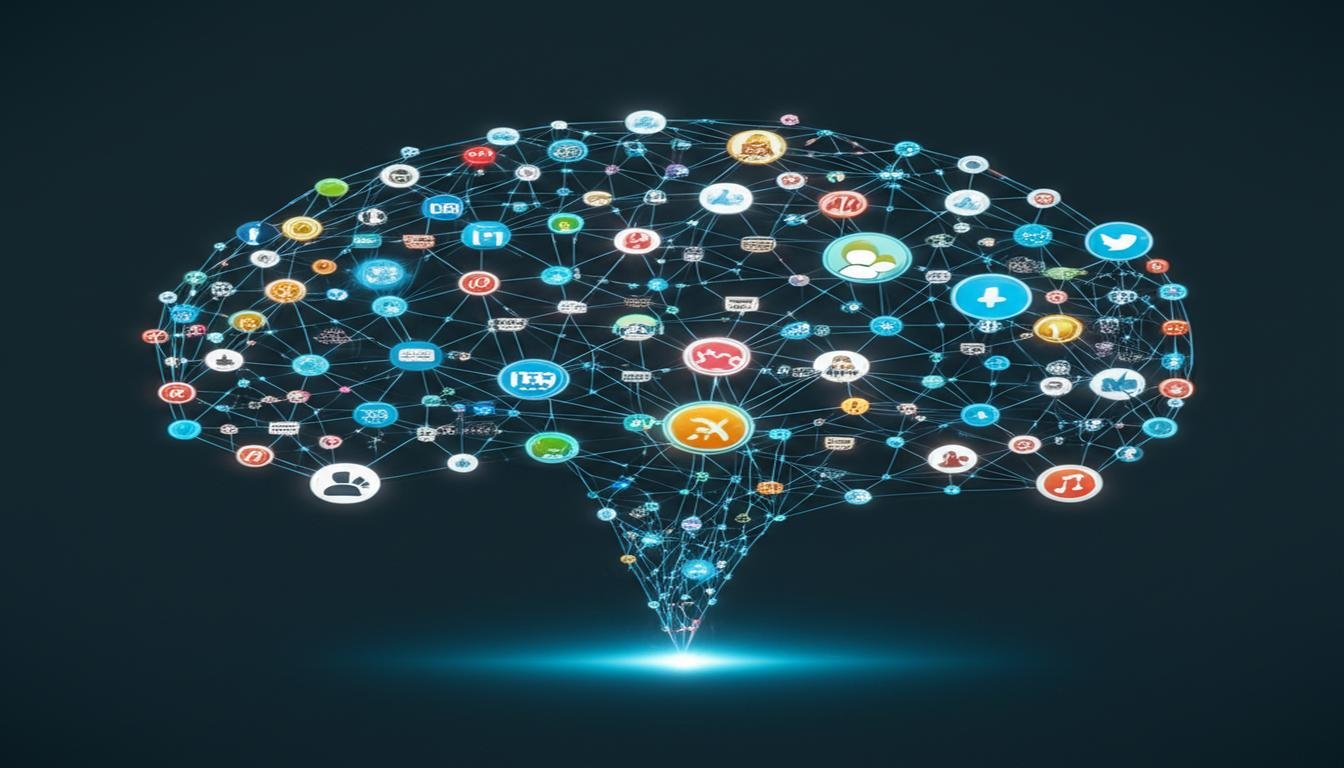Ever dug through old photo albums, only to find the pictures don’t quite capture the *feeling* of those moments? Or wished you could step back into a specific childhood memory, just for a second? That’s exactly where I found myself a few weeks ago, swirling in a pool of nostalgia. Then, a wild idea sparked: What if I asked AI to recreate my childhood memories? Could a machine truly understand the scent of grandma’s kitchen or the texture of rough tree bark? I had to find out. And let me tell you, the results were, in a word, unreal.
The Crazy Idea That Started It All
I’ve been fascinated by AI’s ability to generate images and text lately. It’s everywhere, right? But usually, it’s sci-fi scenes or abstract art. My curiosity pushed me towards something much more personal: my own past. I wondered if I could feed an AI enough descriptive prompts to actually bring a fuzzy childhood snapshot back to life. Not just a generic park scene, but *my* park scene, with *my* specific swing set and that one chipped red slide.
The challenge was simple, yet profound: could AI bridge the gap between abstract data and deeply personal, sensory human experience? I picked three distinct memories, each packed with sensory details, to be my guinea pigs.
Memory 1: The Secret Treehouse Hideout
My first memory was of our old, rickety treehouse. It wasn’t fancy – just a few planks nailed into a giant oak, smelling of damp wood and pine sap. I described the way the afternoon sun dappled through the leaves, the splintery feel of the wooden floor, the sound of cicadas buzzing, and the faded graffiti we’d etched into the walls. I even tried to convey the feeling of absolute freedom and secrecy it held.
Memory 2: Grandma’s Kitchen Comfort
Next up: Grandma’s kitchen. This one was all about warmth and smell. The scent of cinnamon and rising bread, the clatter of ceramic bowls, the soft yellow light from the window, and the comforting hum of her ancient refrigerator. I focused on the details: the worn checkered tablecloth, the mismatched cookie jar, and the gentle steam curling from a cup of tea. It was a memory rich with emotion and sensory input.
Memory 3: Summer Rain & Puddle Jumping
My final choice was a vivid summer downpour. I recalled standing at the window, watching the rain sheet down, then the thrill of pulling on my boots and jumping in puddles on our street. The splash of water, the cool air, the earthy smell after the rain, and the pure, unadulterated joy of it all. This one felt particularly challenging for an AI – how do you capture pure joy and the sensation of cold water on your legs?
Feeding the AI: A Deep Dive into Prompts
I used a popular AI image generator, meticulously crafting prompts for each memory. This wasn’t just a sentence or two. I spent a good hour on each, trying to translate every detail, every emotion, every sensory input into text. I mentioned colors, textures, sounds, light conditions, even specific emotional states. I learned quickly that the more specific and descriptive you are, the better the AI ‘understands’ (or at least, the better it *interprets*).
The Moment of Truth: What the AI Created
When the first images started generating, my jaw literally dropped. It was a weird mix of awe and a little sadness. Here’s what really stood out:
- Visual Fidelity: For the treehouse, the AI nailed the dappled light and the wood texture. It even produced images with similar-looking graffiti and the specific kind of oak leaves I remembered. It was eerily close to how I’d pictured it.
- Atmosphere: Grandma’s kitchen had that warm, inviting glow. The AI seemed to grasp the essence of a cozy, lived-in space. The colors were spot on, from the faded tablecloth to the soft kitchen light.
- Surprising Details: In the puddle-jumping scene, the AI actually managed to convey the ‘splash’ effect quite well, and the rain looked genuinely heavy. One image even had a faint rainbow in the distance, which I hadn’t explicitly prompted but was a common sight after summer rain!
However, there were also clear limitations:
- Sensory Gaps: While the visuals were strong, the AI couldn’t replicate the smell of pine sap, cinnamon, or wet earth. It couldn’t generate the feeling of splinters or the actual splash of cold water. These crucial sensory elements were missing, making the experience feel somewhat hollow.
- Emotional Flatness: The ‘joy’ of puddle jumping, the ‘freedom’ of the treehouse, the ‘comfort’ of grandma’s kitchen – these emotions were depicted visually (e.g., a child smiling), but the *feeling* itself wasn’t present. It was an illustration of an emotion, not an embodiment of it.
- Generic Elements: Despite my best efforts, some elements felt a bit generic. The child in the puddle picture looked like *a* child, not *me*. The treehouse felt like *a* treehouse, not *my* secret haven. The personal connection was difficult for AI to truly grasp.
Beyond the Pixels: My Takeaways
This experiment was more than just a cool tech demo. It truly got me thinking about the nature of memory itself.
Here’s what I learned:
- AI is an incredible visual interpreter: It can take your descriptions and create stunning, often accurate, visual representations. It’s like a super-talented digital artist who just needs the right words.
- Human experience is multi-dimensional: Our memories aren’t just pictures. They’re a tapestry woven with smells, sounds, touch, and deep, complex emotions. AI, for now, struggles with these intangible layers.
- The value of imperfect human memory: Perhaps the fuzzy, slightly inaccurate nature of our own memories is what makes them so precious. They are *ours*, shaped by our unique perspective and feelings, not just data points. This project made me appreciate my *actual* memories even more.
Could AI Recreate Your Past?
While AI can offer a fascinating glimpse into a visual interpretation of our past, it’s far from a true time machine. It highlighted, for me, the unique and irreplaceable richness of human consciousness and memory. It’s a powerful tool for creativity and visualization, but it can’t (yet) replicate the subjective, sensory, and emotional depth of our personal experiences.
So, should you try asking AI to recreate your childhood memories? Absolutely! It’s a fantastic way to jog your own memory, visualize forgotten details, and reflect on what truly makes your past yours. Just don’t expect it to smell the cookies or feel the splash of cold water. Those parts, for now, remain wonderfully and uniquely human.









